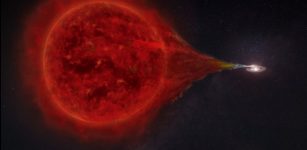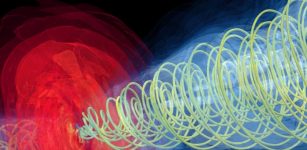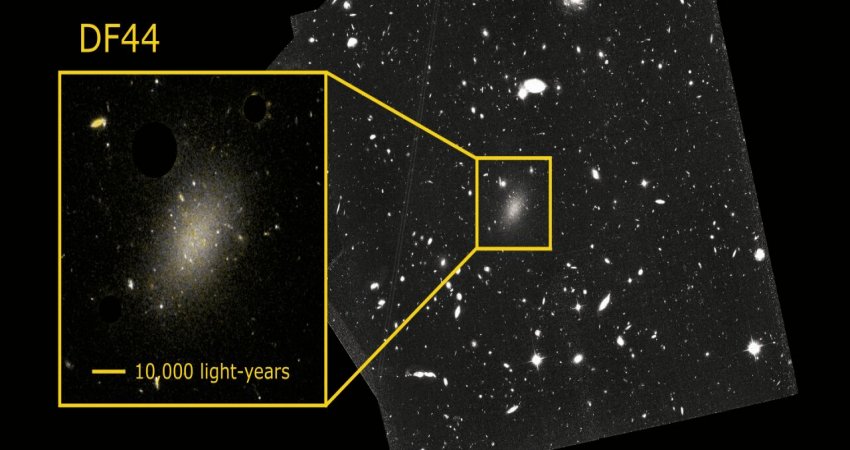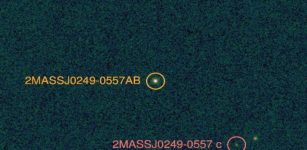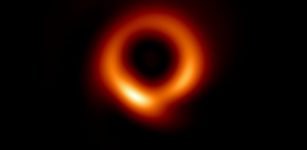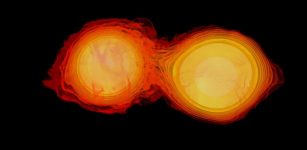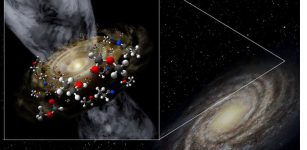‘Super Spirals’: Most Massive Spiral Galaxies Spin At Speeds Up To 350 Miles Per Second
Eddie Gonzales Jr. – MessageToEagle.com – When it comes to galaxies, how fast is fast?
The Milky Way, an average spiral galaxy, spins at a speed of 130 miles per second (210 km/sec) in our Sun’s neighborhood. New research has found that the most massive spiral galaxies spin faster than expected. It focuses on the rotation rates of super spirals collected with the Southern African Large Telescope (SALT), the largest single optical telescope in the southern hemisphere.
These “super spirals,” the largest of which weigh about 20 times more than our Milky Way,
The top row of this mosaic features Hubble images of three spiral galaxies, each of which weighs several times as much as the Milky Way. The bottom row shows three even more massive spiral galaxies that qualify as “super spirals,” which were observed by the ground-based Sloan Digital Sky Survey. Super spirals typically have 10 to 20 times the mass of the Milky Way. The galaxy at lower right, 2MFGC 08638, is the most massive super spiral known to date, with a dark matter halo weighing at least 40 trillion Suns. (Image: Top row: NASA, ESA, P. Ogle and J. DePasquale (STScI). Bottom row: SDSS, P. Ogle and J. DePasquale (STScI)
Super spirals are exceptional in almost every way. In addition to being much more massive than the Milky Way, they’re also brighter and larger in physical size. The largest span 450,000 light-years compared to the Milky Way’s 100,000-light-year diameter. Only about 100 super spirals are known to date. Super spirals were discovered as an important new class of galaxies while studying data from the Sloan Digital Sky Survey (SDSS) as well as the NASA/IPAC Extragalactic Database (NED).
“Super spirals are extreme by many measures,” Patrick Ogle of the Space Telescope Science Institute in Baltimore, Maryland, said in a press release. “They break the records for rotation speeds.”
Theory suggests that super spirals spin rapidly because they are located within incredibly large clouds, or halos, of dark matter. Dark matter has been linked to galaxy rotation for decades. Super spirals also reside in larger than average dark matter halos. The most massive halo that Ogle measured contains enough dark matter to weigh at least 40 trillion times as much as our Sun. That amount of dark matter would normally contain a group of galaxies rather than a single galaxy.
“It appears that the spin of a galaxy is set by the mass of its dark matter halo,” Ogle explains.
Despite being the most massive spiral galaxies in the universe, super spirals are actually underweight in stars compared to what would be expected for the amount of dark matter they contain. This suggests that the sheer amount of dark matter inhibits star formation. There are two possible causes: 1) Any additional gas that is pulled into the galaxy crashes together and heats up, preventing it from cooling down and forming stars, or 2) The fast spin of the galaxy makes it harder for gas clouds to collapse against the influence of centrifugal force.
“This is the first time we’ve found spiral galaxies that are as big as they can ever get,” Ogle says.
Original story – here
Written by Eddie Gonzales Jr. – MessageToEagle.com Staff




